在Java中,使用WebClient(通常是Spring WebFlux提供的非阻塞客户端)进行HTTP请求时,可能会遇到各种HTTP状态码,包括400状态码(Bad Request)。处理400状态码通常意味着服务器无法理解请求,可能是因为请求的格式不正确或包含无效参数。
![图片[1]_使用Spring WebFlux的WebClient处理HTTP 400状态码的详细指南_知途无界](https://zhituwujie.com/wp-content/uploads/2024/12/d2b5ca33bd20241221112802.png)
以下是如何使用WebClient解析和处理400状态码的详细步骤:
1. 引入依赖
确保你的项目中已经包含了Spring WebFlux的依赖。如果你使用的是Maven,可以在pom.xml中添加以下依赖:
<dependency>
<groupId>org.springframework.boot</groupId>
<artifactId>spring-boot-starter-webflux</artifactId>
</dependency>2. 创建WebClient实例
你可以通过WebClient.Builder来创建一个WebClient实例:
import org.springframework.web.reactive.function.client.WebClient;
public class MyWebClient {
private final WebClient webClient;
public MyWebClient() {
this.webClient = WebClient.builder()
.baseUrl("http://example.com") // 替换为你的基础URL
.build();
}
}3. 发送请求并处理400状态码
当你发送请求时,可以使用onStatus方法来检查特定的HTTP状态码,并处理它们。对于400状态码,你可以使用doOnError或onStatus中的lambda表达式来捕获错误并处理。
下面是一个完整的示例,展示如何发送一个POST请求并处理400状态码:
import org.springframework.http.HttpStatus;
import org.springframework.web.reactive.function.BodyInserters;
import org.springframework.web.reactive.function.client.ClientResponse;
import org.springframework.web.reactive.function.client.WebClient;
import org.springframework.web.reactive.function.client.WebClient.RequestBodyUriSpec;
import org.springframework.web.reactive.function.client.WebClient.RequestHeadersSpec;
import org.springframework.web.reactive.function.client.WebClient.ResponseSpec;
import reactor.core.publisher.Mono;
import java.util.HashMap;
import java.util.Map;
public class MyWebClient {
private final WebClient webClient;
public MyWebClient() {
this.webClient = WebClient.builder()
.baseUrl("http://example.com") // 替换为你的基础URL
.build();
}
public Mono<String> sendPostRequest(Map<String, String> requestPayload) {
return webClient.post()
.uri("/your-endpoint") // 替换为你的实际端点
.body(BodyInserters.fromValue(requestPayload))
.retrieve()
.onStatus(status -> status.value() == HttpStatus.BAD_REQUEST.value(),
clientResponse -> Mono.error(new RuntimeException("Received 400 Bad Request: " + clientResponse.statusCode())))
.onStatus(status -> status.is4xxClientError(),
clientResponse -> Mono.error(new RuntimeException("Client error: " + clientResponse.statusCode())))
.bodyToMono(String.class);
}
public static void main(String[] args) {
MyWebClient myWebClient = new MyWebClient();
Map<String, String> requestPayload = new HashMap<>();
requestPayload.put("key1", "value1");
requestPayload.put("key2", "invalid_value"); // 假设这个值会导致400错误
myWebClient.sendPostRequest(requestPayload)
.doOnError(error -> System.err.println("Error: " + error.getMessage()))
.block(); // 注意:block()仅用于演示,在生产代码中应避免使用
}
}4. 解释代码
- 创建WebClient实例:使用
WebClient.builder()来创建并配置一个WebClient实例。 - 发送请求:使用
post()方法发送POST请求,并通过uri()设置请求的URI。 - 设置请求体:使用
body(BodyInserters.fromValue(requestPayload))将请求体设置为一个Map。 - 处理状态码:
- 使用
onStatus方法检查状态码是否为400(HttpStatus.BAD_REQUEST.value())。 - 如果状态码是400,则返回一个包含错误信息的
Mono.error。 - 还可以添加额外的
onStatus来处理其他4xx客户端错误。
- 使用
- 获取响应:使用
bodyToMono(String.class)将响应体转换为Mono<String>。 - 处理错误:使用
doOnError方法捕获并处理错误。
注意事项
- 避免阻塞:在生产代码中,应尽量避免使用
block()方法,因为它会导致非阻塞代码变为阻塞代码。 - 错误处理:根据实际需求,你可能需要更复杂的错误处理逻辑,例如日志记录、重试机制等。
- 自定义异常:可以创建自定义异常来替代
RuntimeException,以便更好地管理错误类型。
通过以上步骤,你可以使用WebClient发送HTTP请求并处理400状态码。
© 版权声明
文中内容均来源于公开资料,受限于信息的时效性和复杂性,可能存在误差或遗漏。我们已尽力确保内容的准确性,但对于因信息变更或错误导致的任何后果,本站不承担任何责任。如需引用本文内容,请注明出处并尊重原作者的版权。
THE END



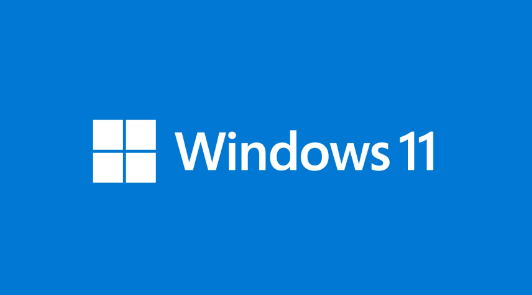






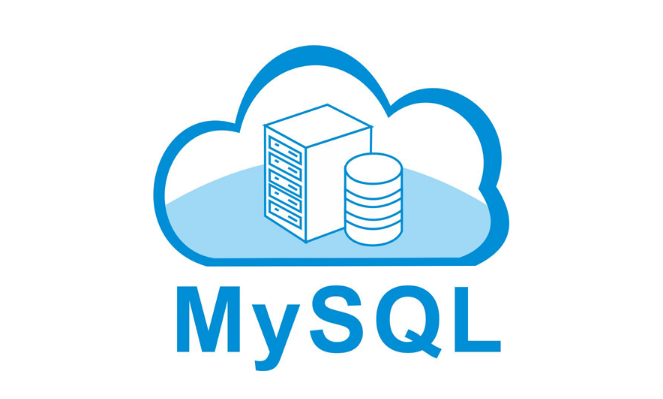

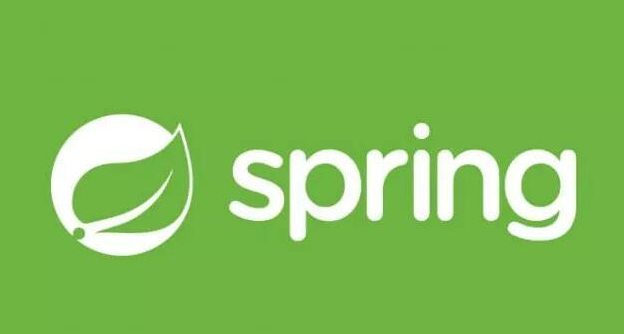



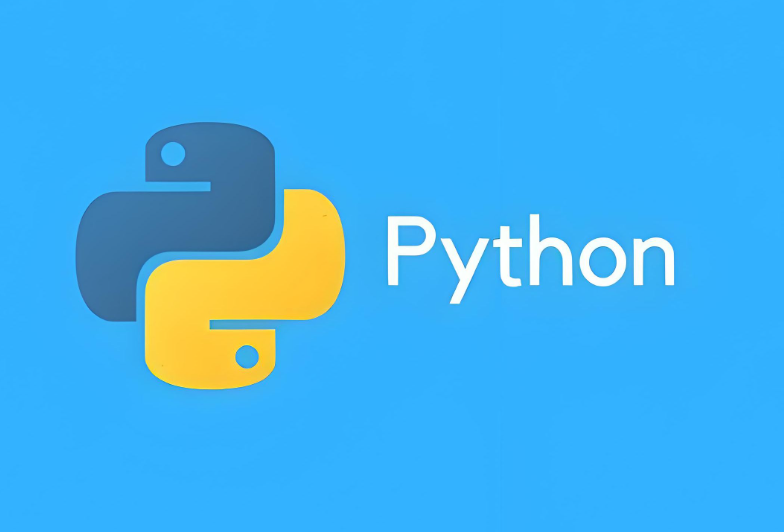

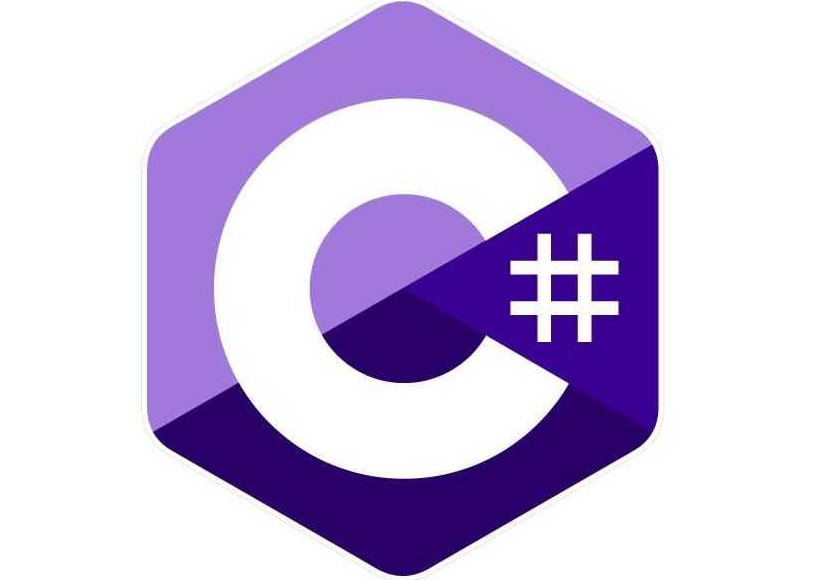




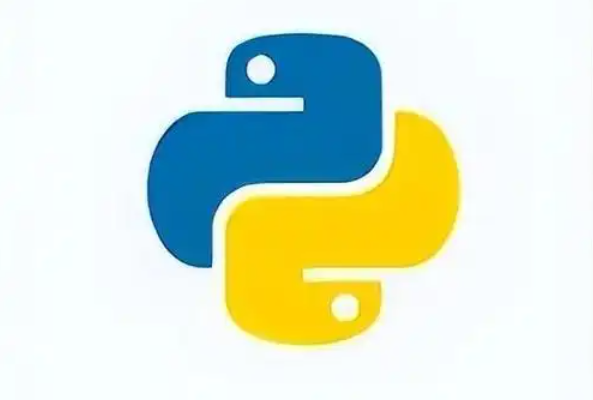

暂无评论内容